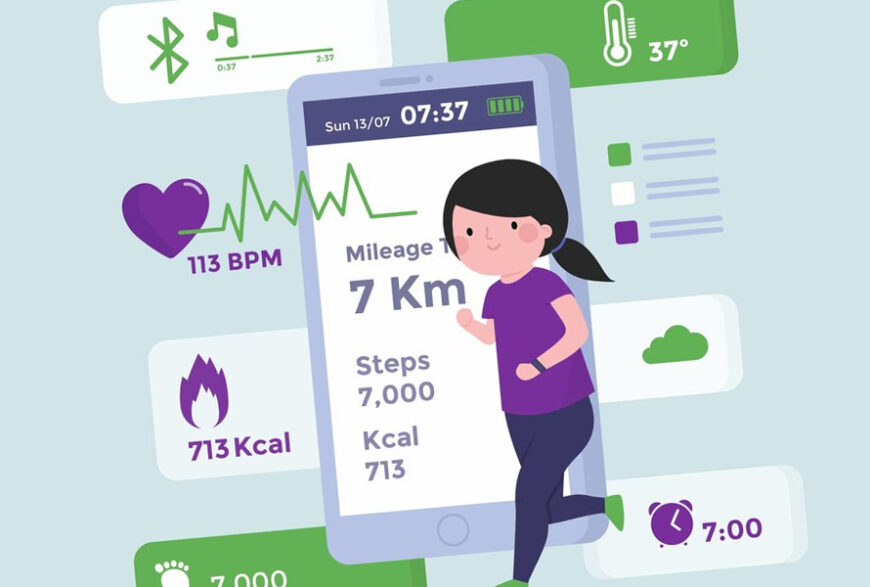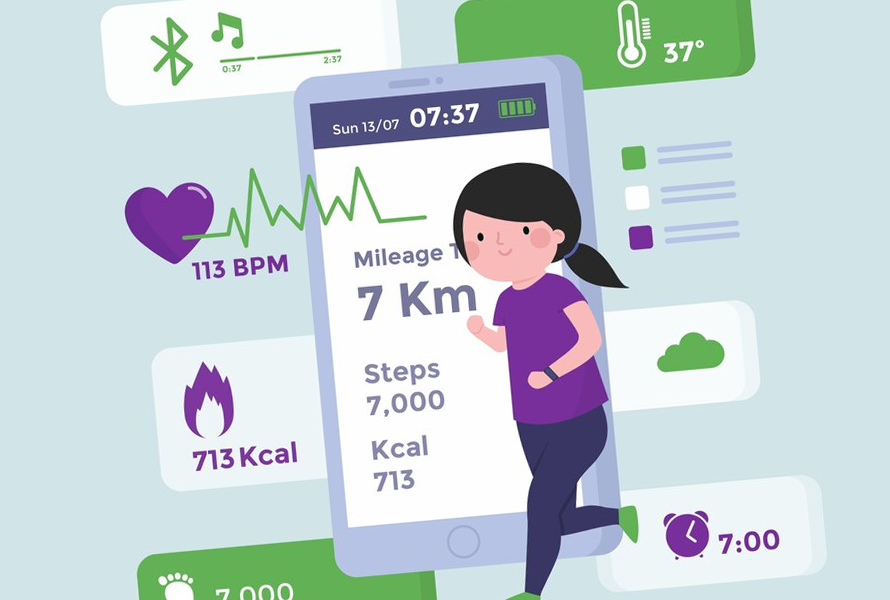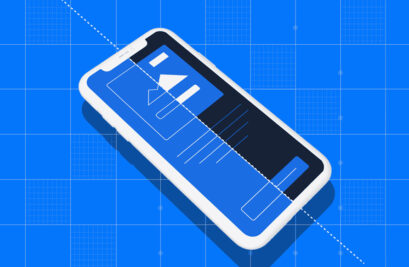So, you’ve got your smartphone in hand, thinking about the numerous apps you’ve used. Have you ever pondered how health and wellness apps are made user-friendly and efficient?
Our smartphones are becoming our most trusted wellness partners in the digital fitness and health era. Imagine an app that intuitively understands your needs, gives health solutions at your fingertips, and guides you to a better you.
Well, hop on as we explore this fascinating world, keeping the Lasta wellness app in mind. This is an excellent mobile health app successful design example, where principles aren’t just guidelines but the heartbeat of the user experience.
Imagine apps as mini-homes – they need a good foundation, comfortable rooms, and easy-to-access doors. Now, let’s get building!
Table Of Content
- What’s the Importance of Visual Aesthetics in an App?
- Understanding the Need
- User-Centric Design
- Interactive Features
- Data Security
- Ease of Navigation
- Consistency in Updates
- Personalized Experience
- Incorporating Feedback
- Accessibility
- Integrating Real-time Support
- Cultural Sensitivity
- Visual Aesthetics
- Staying Ahead of Trends
- Why is Cultural Sensitivity Important in App Design?
- Conclusion
What’s the Importance of Visual Aesthetics in an App?
Let’s think of an app as a well-prepared dish. Just as the presentation of a word can entice someone to take a bite, the design of an app can encourage users to dive in and explore its features.
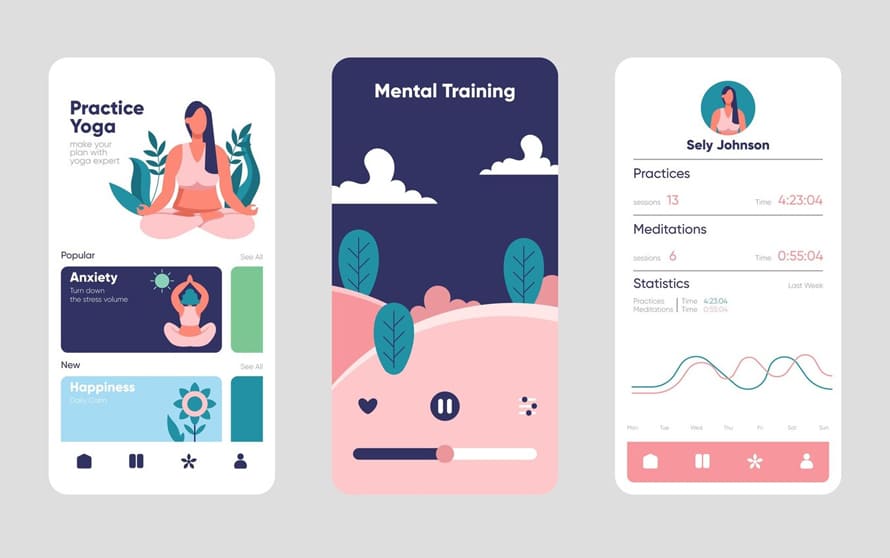
First Impressions Matter
Before users understand an app’s functionality, they’re first greeted by its visual design. A well-designed app can evoke feelings of trustworthiness, professionalism, and quality. Conversely, a poor design can be off-putting and might even deter users from giving the app a fair chance.
Enhances User Experience
Pleasing aesthetics make an app intuitive and user-friendly. Users can navigate the app more efficiently when icons, buttons, and other design elements are visually attractive and strategically placed. This can lead to increased user satisfaction and retention.
Boosts Brand Recognition
Unique design elements, consistent color schemes, and recognizable icons can go a long way in cementing your brand’s identity. Users who see familiar visual cues are more likely to remember and associate positive experiences with your brand.
Encourages Engagement
A well-designed app invites exploration. Users are likelier to engage with an app – clicking on buttons, exploring features, reading content – if the design is visually appealing and interactive.
Reduces Cognitive Load
Good design isn’t just about beauty; it’s also about function. When visual elements are clear and logically organized, it reduces the mental effort required by users to understand and use the app. This makes for a smoother, more pleasant user experience.
Sets You Apart from the Competition
In today’s saturated app market, standing out is crucial. Exceptional visual design can be the differentiating factor that prompts a user to choose your app over another.
Evokes Emotional Responses
Colors, shapes, and designs can evoke specific emotions in users. For example, a calming color palette might be perfect for a meditation app, while a more vibrant and dynamic design might suit a fitness app. Tapping into these emotions can enhance user engagement and connection to the app.
Enhances Accessibility
Visual aesthetics isn’t just about pretty pictures. When thoughtfully designed, apps can be made more accessible to everyone, including users with visual or cognitive impairments. This widens your audience and ensures everyone has a positive experience.
Understanding the Need
Understanding the audience’s needs is crucial when designing an app like Lasta wellness app. It’s like asking: why would someone come to my “app-home”? Once we understand their motives, creating an app that resonates with them becomes more manageable.
User-Centric Design
Have you ever entered a house and felt, “Ah, this feels like home!”? That’s what user-centric design does. It familiarizes the app’s environment, inviting users to stay longer and explore more.
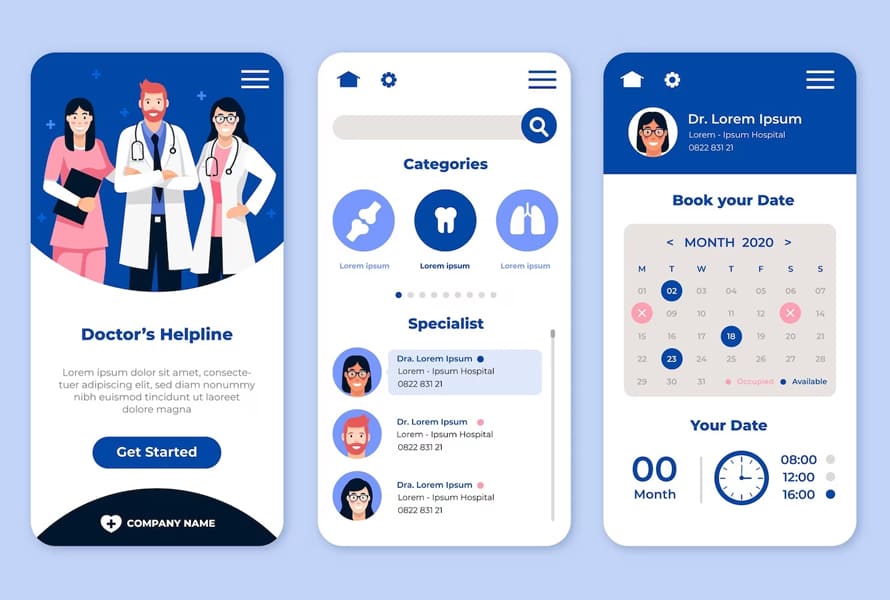
Interactive Features
Interactive elements make an app engaging. Imagine a musical doorbell or a talking fridge in your home! Similarly, features like quizzes, trackers, or reminders in the Lasta app make your health journey fun and dynamic.
Data Security
As you wouldn’t want thieves breaking into your home, app users don’t want their personal data stolen. Ensuring data encryption and strong password policies is akin to installing a high-security system in your house.
Ease of Navigation
A clutter-free, organized home is always inviting. Similarly, easy navigation in apps ensures users find what they’re looking for without getting overwhelmed. No one likes getting lost in their own home, right?
Consistency in Updates
Maintaining a home requires regular check-ups and fixes. Similarly, updating apps consistently ensures users experience the latest features and stay free from annoying bugs.
Personalized Experience
Just as your home reflects your personality, apps should offer a tailored experience. Using algorithms provides content based on user preferences, making their journey unique.
Incorporating Feedback
Imagine a home adjusting itself based on your feedback. Crazy, right? Well, incorporating user feedback in-app updates ensures continuous improvement and user satisfaction.
Accessibility
An inclusive home is where everyone feels welcome regardless of their abilities. Apps must be designed to be accessible to everyone, including those with disabilities.
Integrating Real-time Support
Having a helpful neighbor is a blessing. Similarly, offering users real-time support ensures they can troubleshoot issues or get their queries addressed instantly.
Cultural Sensitivity
A global village-like app needs to respect diverse cultures. By being culturally sensitive, we ensure everyone worldwide feels at home with the app.
Visual Aesthetics
A home’s appeal is often its design. Visually pleasing apps not only engage users but also make their experience delightful.
Staying Ahead of Trends
Just like renovating a home based on new trends, incorporating the latest tech and design trends in apps keeps them fresh and relevant.
Why is Cultural Sensitivity Important in App Design?
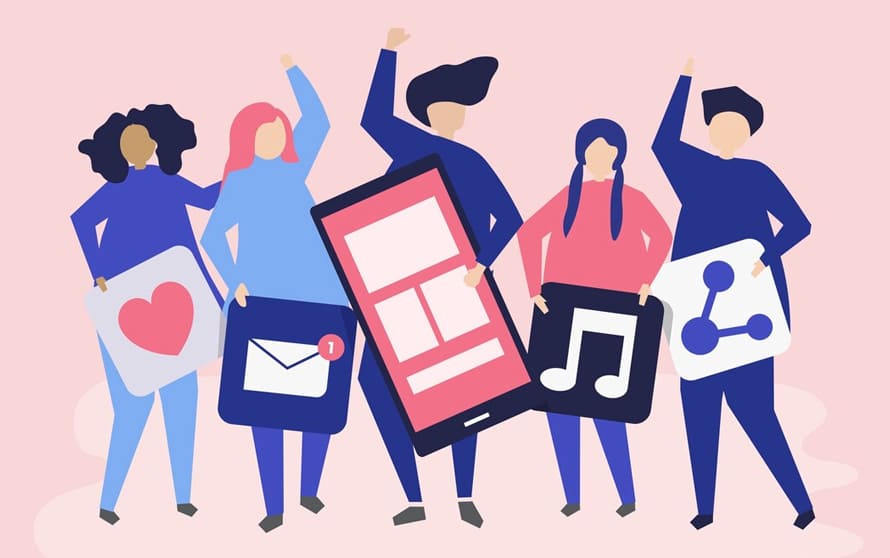
- Broadening Market Reach. As the world becomes more digitally connected, apps often have a global audience. Being culturally sensitive ensures you’re not inadvertently excluding potential users based on cultural misunderstandings.
- Enhancing User Experience. When an app feels familiar and respects cultural norms, it leads to a more intuitive and enjoyable user experience.
- Avoiding Cultural Missteps. These can lead to bad publicity or offend users. Remember, what’s acceptable in one culture might be taboo in another.
- Building Trust with Users. Showing respect for a user’s culture can foster trust and loyalty.
Conclusion
Overall, designing mobile health apps requires a great deal of thought and needs to consider the end user’s experience. Making sure it is easy to log data, access information, and set manageable goals will make achieving health objectives much more achievable.
Furthermore, having a robust and comprehensive feedback system is essential for users to stay engaged and motivated. Strive for simplicity and accuracy in all your design elements, as it will create a seamless user journey.
Well-designed mobile health apps can help individuals develop healthier habits in one way or another, propelling them even further towards their desired medical goals.
Consequently, keep these important principles in mind when developing an app for this rapidly growing healthcare sector!

